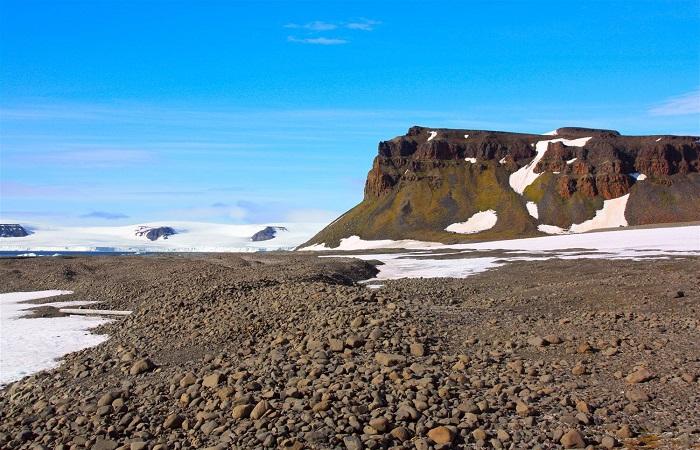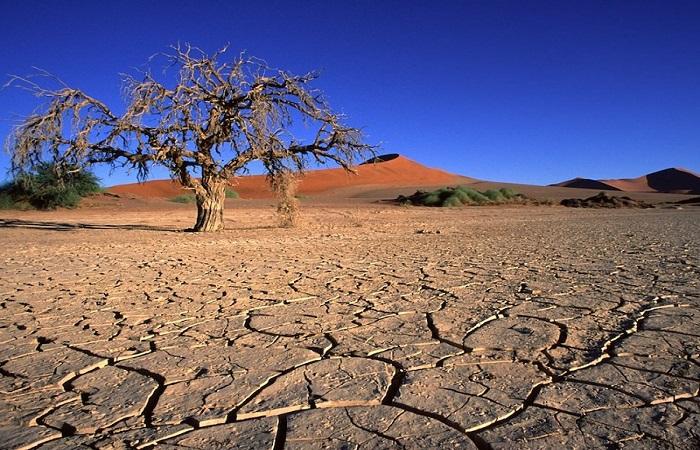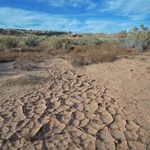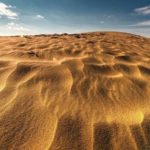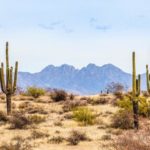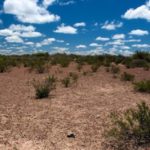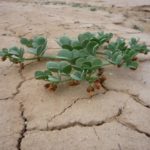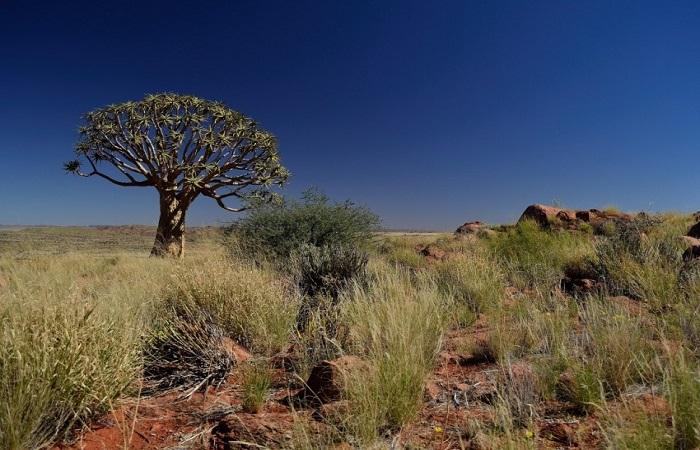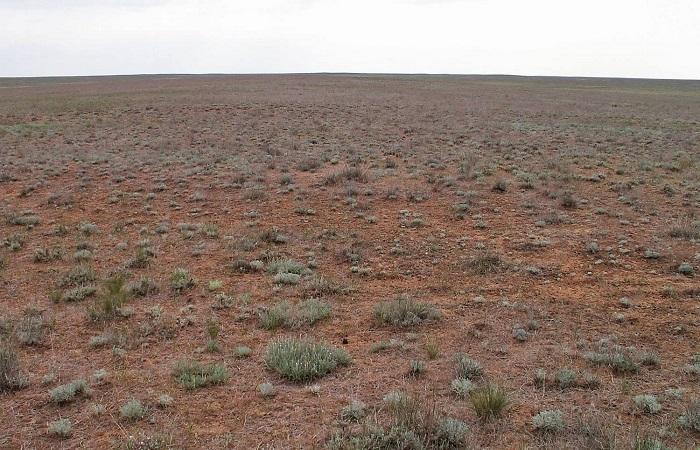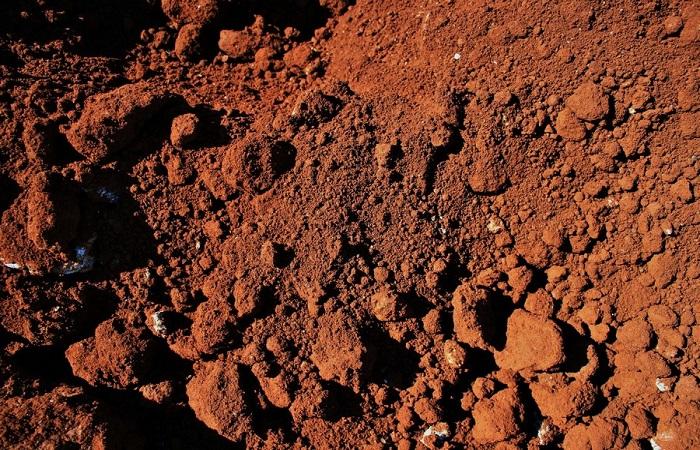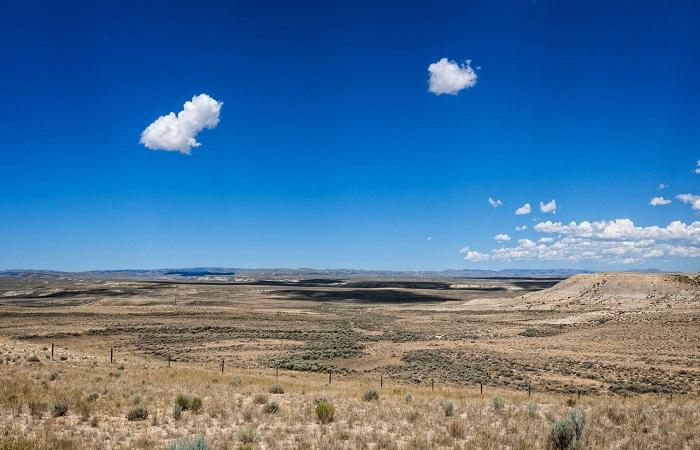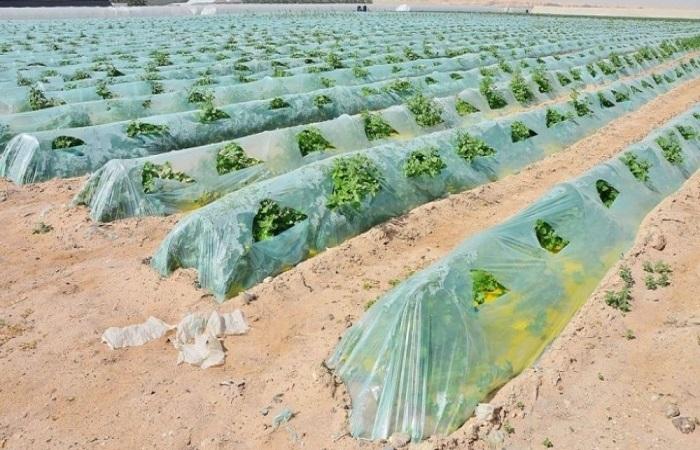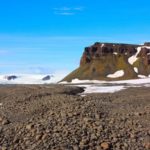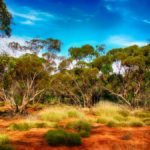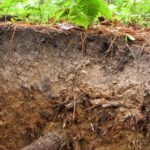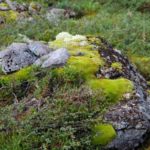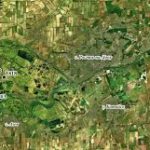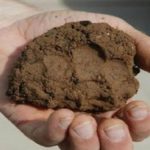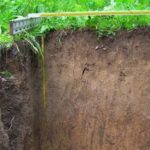A desert is a natural zone with a completely or partially flat surface, with sparse vegetation or its absence, with a fauna characteristic only of it. Desert soils are also different from all others. Let's consider where deserts are located, how they are formed, their climatic conditions, and classification. What plants grow in desert and semi-desert lands and their economic use.
Features and location
Deserts occupy 14% of the land surface. The Sahara is the largest and most famous of them, located in Africa. But not only on this continent there are desert lands; the geographical location of deserts is the temperate zone of the Northern Hemisphere, the subtropics and tropics of both hemispheres.
The soils are extremely poorly developed, water-soluble salts predominate in the soil solution, salt crusts are common, and there is little organic matter. The humus content is 1-2%, which is why the fertility of these soils is low. Without improvement measures, it is impossible to grow anything on desert land.
Conditions of education
The geographical distribution, emergence and gradual development of deserts was influenced by the following factors: intense solar radiation, low precipitation throughout the year. The volume of precipitation is determined by the latitude of the area, the conditions of air mass circulation, relief features, and the location of the area within the continent or close to the oceans.
Due to the arid climate and sparse vegetation, the soil-forming process is intermittent and humus is formed slowly. There are few green plant residues, mainly root mass. Organic matter undergoes mineralization during the season rather than being converted into humic substances. In summer, when it is dry and hot, biological processes cease. Desert soils are thin and structureless. Due to insignificant precipitation and strong evaporation, carbonates accumulate in the upper horizons, and soluble salts and gypsum below.
Climate
The warm and dry climate is determined by the geographical location. Air with low humidity does not protect the surface from sunlight. Normal temperatures can reach +50 °C, and maximum temperatures can reach +58 °C.At night, the air cools quickly, as the hot ground cools quickly, and there may be frosts. Daily fluctuations can be 30-40 °C in tropical deserts, in the temperate zone - 20 °C.
Summers in such temperate deserts are hot, winters are very harsh, there can be frosts down to -50 °C, with little snow falling. A feature of all types of deserts is constant strong winds at a speed of 15-20 m/s. Desert winds lift and transport loose surface material, forming the famous sand and dust storms.
Relief and soil-forming rocks
The formation of the relief of desert areas occurs under the constant influence of erosion from water and wind. Watercourses in this natural area can be permanent or temporary. Permanent rivers are large rivers, such as the Nile and Colorado, whose sources are located outside the deserts through which they flow, which is why they do not dry out.
Temporary streams of water form after heavy rainfalls; without being recharged with moisture, they quickly dry out. Many streams carry sand, silt, and gravel, which then create a desert terrain.
Often the wind blows fine soil from the top layer of the soil profile, leaving pebbles in place. In other parts of the desert, sand and dust settle and sand dunes form.
Vegetation
The species composition of desert plants is often represented by species characteristic of this ecosystem.The continental desert lands of the temperate zone are characterized by plants of the sclerophyll type, that is, leafless subshrubs and shrubs. Herbaceous species are ephemerals and ephemeroids. The vegetation is sparse, plants can grow from each other at a distance of several meters; in general, the territory of desert zones is covered by plants no more than half, in the most severe conditions there may not be any at all.
The deserts of Africa and Arabia, located inland, are dominated by xerophilic shrubs and drought-resistant perennial grasses, and succulents are also found here. There is no vegetation at all on the dunes and areas covered with a crust of salt deposits.
In the deserts of Australia, Central Asia and North America, the vegetation is richer; there are not so many areas devoid of plants. Between the sandy ridges in the depressions, low-growing acacia and eucalyptus trees grow; semi-shrub saltworts grow on the soil with a predominance of pebbles and crushed stone.
In the oceanic deserts of Africa and America, succulent plants dominate. In the saline areas of all the deserts of the world, similar species are found - succulent perennial subshrubs and annual saltworts.
In oases, river deltas and valleys, the species composition of plants is different. Asian deserts are characterized by deciduous tree species (elm, willow, turango poplar), while evergreen plants grow in tropical and subtropical deserts, for example, oleander and palm.
Classification
Desert soils differ in composition, structure and morphological characteristics.
Brown semi-desert
The main characteristic of brown semi-desert soils is a thin humus layer, which is formed under the influence of an arid climate and poor plant productivity.Plant litter quickly decomposes and mineralizes, and ash elements are formed from it. Among them, most of all are alkali metal salts, which make the earth saline. The humus content is 1-2.5%, the reaction is slightly alkaline.
Gray-brown
Distributed only in Asia - in China, Afghanistan, Mongolia, Central Asian countries, Iran. The mechanical composition is sandy loam, with a porous soil crust and a layered horizon located underneath it. The next lower layers contain carbonates and gypsum.
Takyrs
Dry clayey saline soils covered with large cracks with a characteristic pattern. The dimensions of the takyr can be several square meters. meters or several square meters. kilometers.
Takyrs are found in depressions in which water remains after rains, and then completely dries out, and the muddy soil cracks. Salinity is formed due to closely located groundwater - 1.5 m, which carries minerals to the surface.
Meadow-brown semi-desert
Soils are formed in areas with pronounced surface waterlogging or with close occurrence of soil water (2-6 m). The formation of these soils under periodic moistening causes increased (2.5-4%) humus content, some gleying, salinity or solodization.
Meadow semi-desert and desert
This type of soil is found in estuaries, on terraces of lakes and rivers. The profile is formed under the influence of soil or irregular flood moisture, runoff after snow melting. Water accumulates in depressions of the relief and feeds the plants for some time. Meadow semi-desert soils contain 1.5-3% humus, are saline to varying degrees, and contain carbonates.
Brown desert-steppe
These are carbonate, low-humus (1.5-2.5%) soils, formed under the influence of a dry, cold climate, mainly on sandy-sandy loam deposits. The vegetation is represented by cereals and wormwood. They are poor in humus (only 0.7-1.4%), the reaction in the upper layer is slightly alkaline, in the lower horizons it is alkaline.
Takyr-like desert
Formed from meadow soils under the influence of desertification as a result of subsidence of soil waters. Takyr-type soils are currently moistened not by ground moisture, but by atmospheric moisture. The profile is not fully developed, the salt level is high. The vegetation is saltwort and wormwood.
Sandy desert
They consist of blown sands and ancient alluvial deposits rich in mineralogical composition. Covered with shrubs, near which grow sedges and cereal herbaceous plants.
Application of semi-desert and desert soils
Desert lands are used for livestock farming as year-round pastures for camels and sheep. In clay deserts, where conditions are not so favorable because the soil water lies deeper, there are also pastures, they are fed by temporary streams and rivers that fill with water in the spring. In the valleys of large rivers, agriculture using irrigation is practiced; in such places, soil fertility increases. They grow vegetables, rice, cotton, and grapes.
The economic use of deserts is also possible due to another important characteristic - the presence of minerals - gas and oil.

